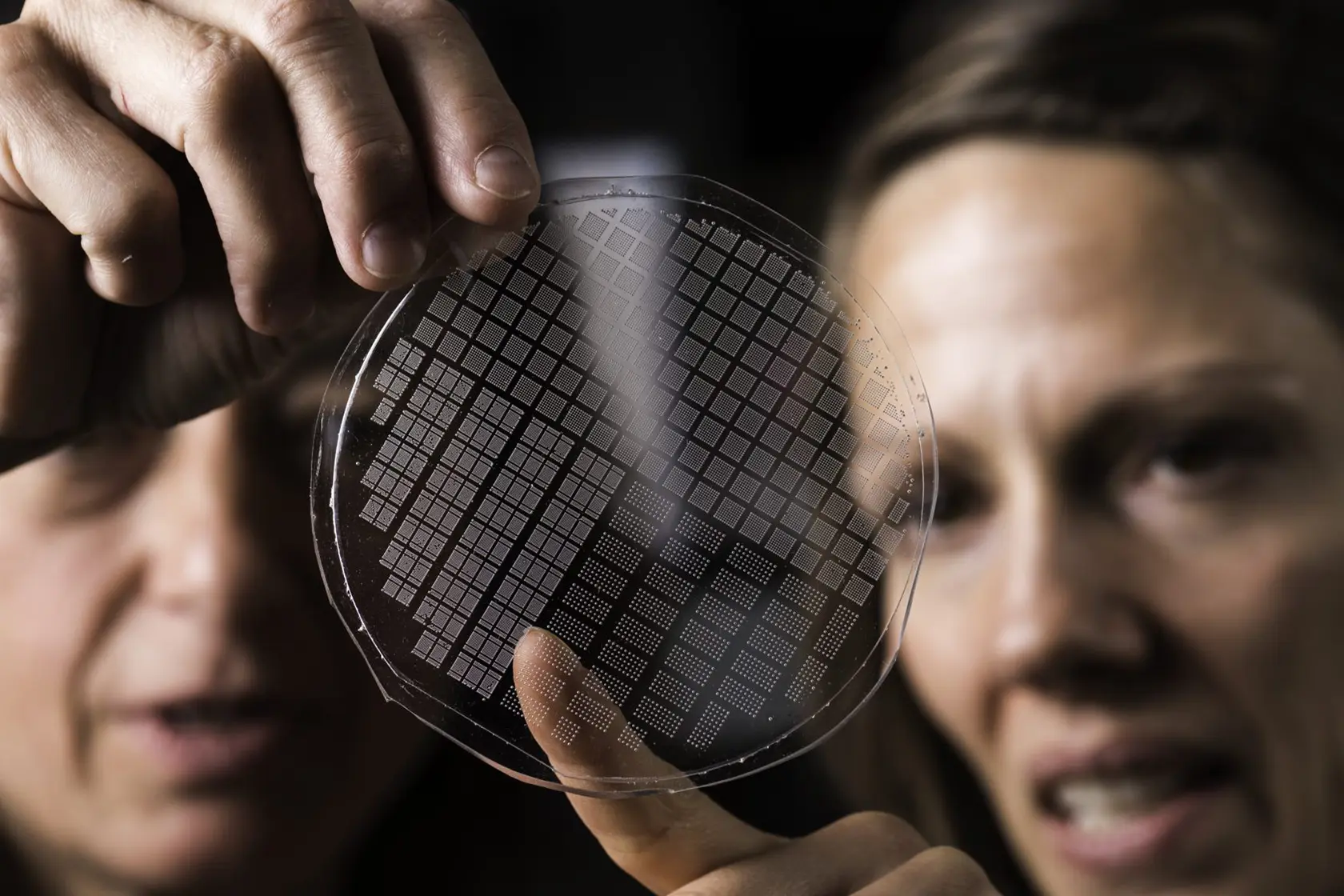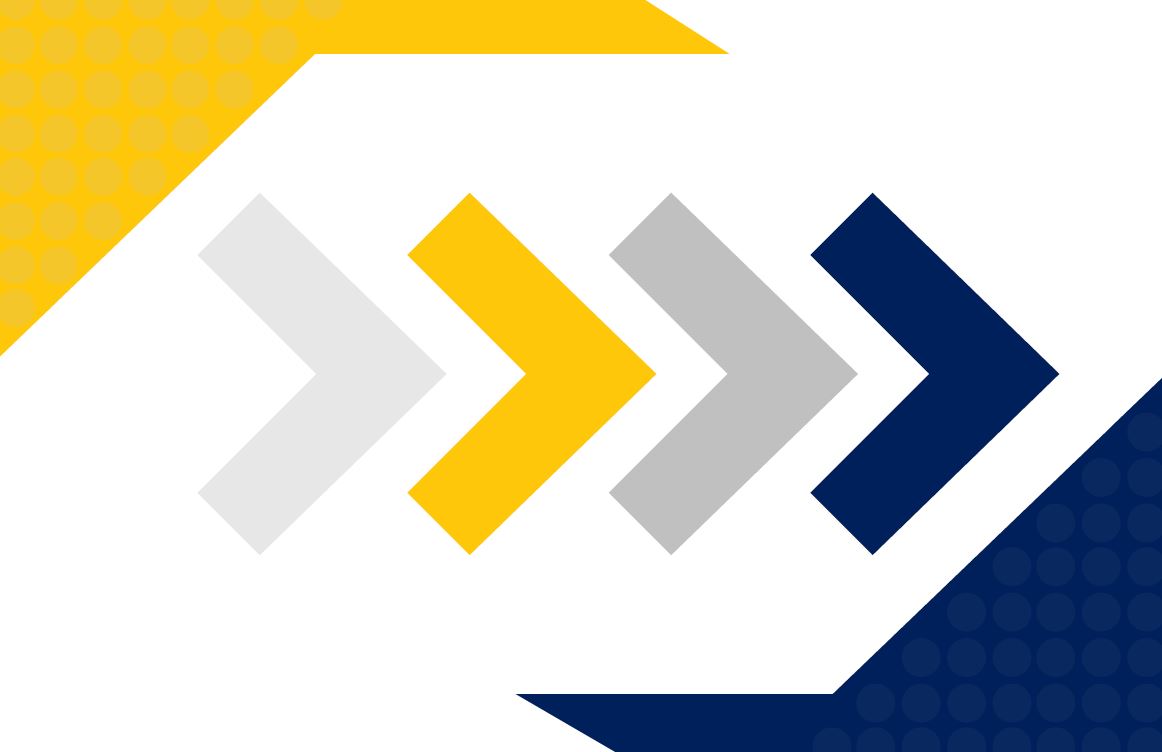Intellectual property (IP) and technology transfer

Faculty and Innovator Resources
Review policies, funding, and resources that drive innovation at Rochester.
Explore a selection of resources designed to support research, innovation, and entrepreneurship at the University of Rochester. If you have questions or need additional support, contact our office. We’re here to help!
Topics on this page:
Downloadable guides

Technology commercialization guide
Learn how technology is transferred out of the University environment and into external organizations such as established companies in this downloadable guidebook.
Get started and download the guidance

Startup guide
Demystify the startup process with our downloadable guide. Academic entrepreneurs can learn how to get started, key concepts, common pitfalls to avoid, and much more with launching a startup.
Learn more and access the guide
Funding support
Funding and award initiatives
Explore a compiled list of opportunities from the Office of the Vice President for Research.
Internal funding
Review internal funding resources specifically for the School of Arts and Sciences and Hajim School of Engineering.
Technology Development Fund (TDF)
Overseen by us, the TDF supports University researchers who wish to translate their research into commercial opportunities.
Startup grant support
Get help with competitive proposals for Small Business Innovation Research (SBIR) and Small Business Technology Transfer (STTR) funding.
Other University resources
The Office of the Vice President for Research at the University of Rochester supports and advances the university’s research and innovation initiatives. Their website offers resources for researchers, including funding opportunities, compliance guidance, and tools for fostering collaboration and discovery.
The Office of Research and Project Administration (ORPA) provides support for securing and managing research funding. Their website offers resources on proposal development, grant management, compliance, and policies to assist researchers throughout the funding process.
The Office for Human Subject Protection (OHSP) ensures the ethical conduct of research involving human participants. Their website provides resources on IRB review, compliance, training, and guidance to support researchers in protecting participants and maintaining regulatory standards.
The Clinical and Translational Science Institute (CTSI) helps translational scientists and researchers and their teams produce results faster through robust services and support, funding, education programs, and collaborative opportunities.
The Center for Health and Technology (CHeT) provides expertise in clinical trials, clinical materials, outcome measures, data modeling, predictive analysis, and health equity.
The Ain Center for Entrepreneurship and Innovation helps students develop entrepreneurial skills by identifying opportunities, overcoming challenges, and turning ideas into actionable plans. Through collaboration, practical experience, and skill-building programs, the center prepares students to bring their ideas to life.
The Center for Emerging and Innovative Sciences (CEIS) promotes economic development in New York State by bringing together companies and university researchers who have areas of common interest and encouraging collaboration through funding and outreach.
The Center for Advanced Research Technologies (CART) is a collection of core facilities within URMC that share resources and expertise with our 3,000+ researchers and 500+ labs, and with principal investigators both inside and outside of the University of Rochester Medical Center.
UR Clinical Trials Central Laboratory services facilitate the success of clinical trials with a unique combination of cutting-edge clinical and scientific faculty expertise, high volume clinical labs, and full central lab business capabilities for research investigators and pharmaceutical, biotech, and diagnostic industries.
The Clinical Trials Processing Laboratory (CTPL) is a fee-for-service core resource that supports human clinical trials and basic science research conducted within the University of Rochester.
NSF I-Corps Regional Courses are for university-based STEM researchers and early-stage startup founders who are interested in exploring the market potential of their work and learning entrepreneurial skills. Participants learn to apply “customer discovery” methodology to evaluate the potential for translating their technology innovation from the lab into a successful product and/or service. The University of Rochester is part of the Interior Northeast I-Corps Hub.
NextCorps is a University of Rochester-affiliated non-profit organization based in downtown Rochester that is dedicated to helping innovative technology companies launch and grow.
Excell Partners is a venture capital fund that invests in Seed and Early Stage high-tech startups in New York State focused on Upstate NY. Excell is an affiliate of the University of Rochester. Excell has the dual mission of generating returns that rank in the top-quartile of its benchmarks and supporting regional economic development by providing entrepreneurs with hands-on support as well as investment capital. Excell’s portfolio includes investments in Medical Devices, Materials, Energy, Biotech, Agtech, Imaging, and IT/Software ventures across New York State with an added focus of investing in minority and women owned ventures.
Empire Discovery Institute (EDI) New York state supported accelerator dedicated to drug discovery and development in upstate NY, formed as equal partnership between UB, UR, and Roswell Park.
External resources
US Patent and Trademark Office
The United States Patent and Trademark Office (USPTO) is the federal agency responsible for granting patents and registering trademarks, essential tools for protecting intellectual property. The USPTO website provides databases, application tools, and educational materials.
Copyright Office
The United States Copyright Office manages copyright registration and helps creators protect original works such as literature, music, art, and software. The Copyright Office website provides tools for registration, resources on copyright law, and educational materials to guide users.
